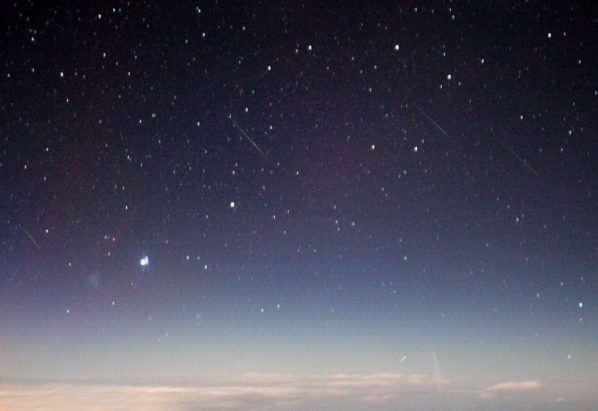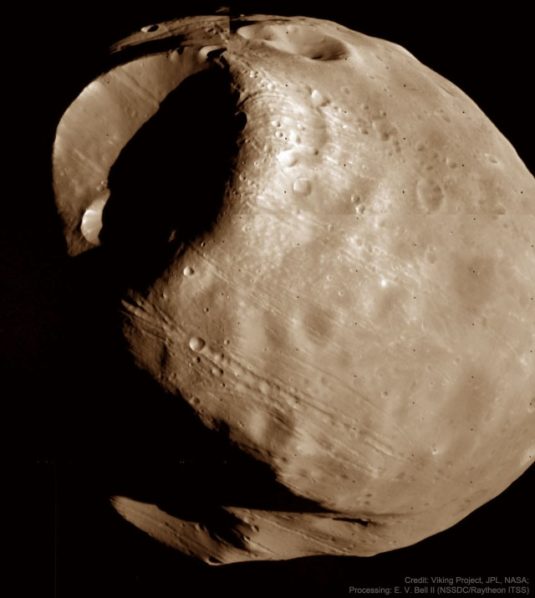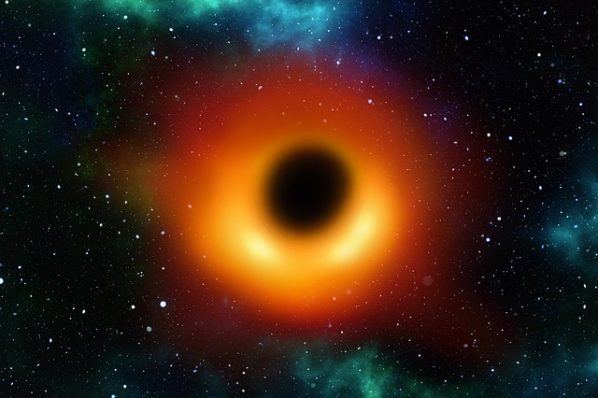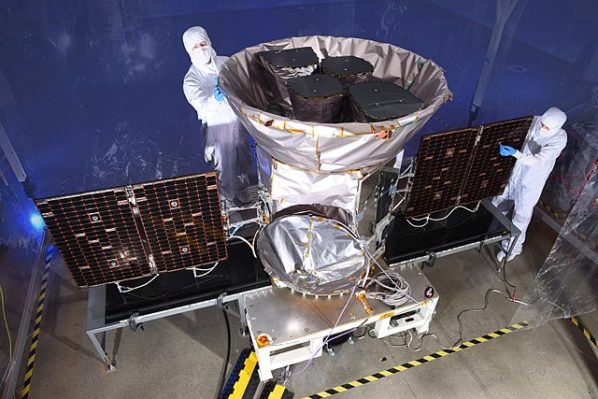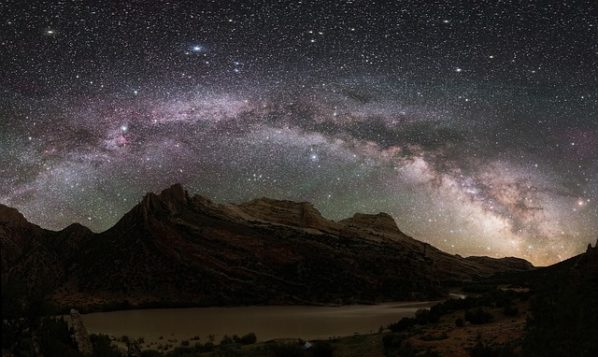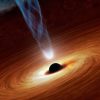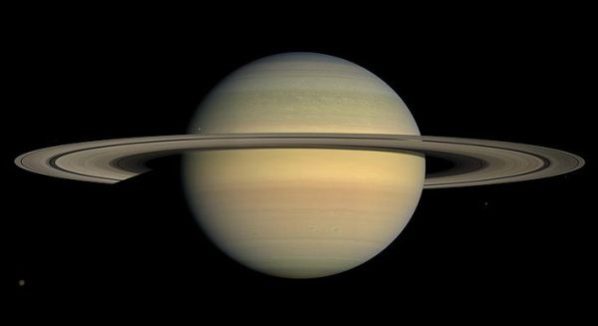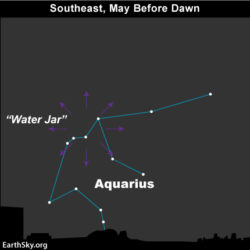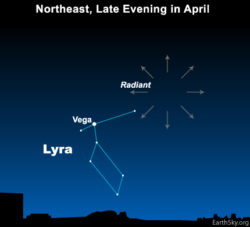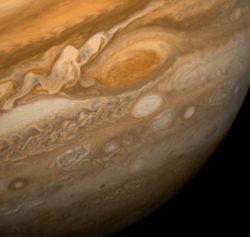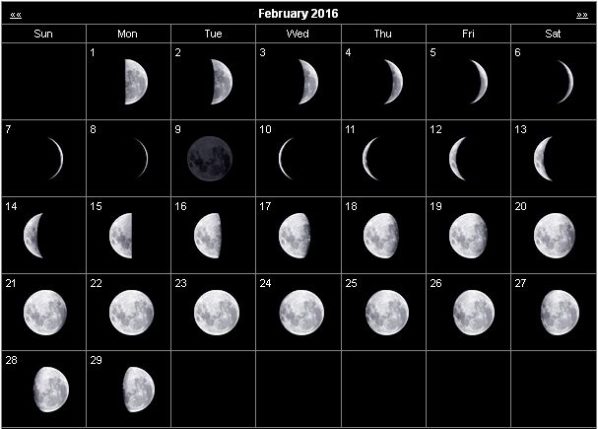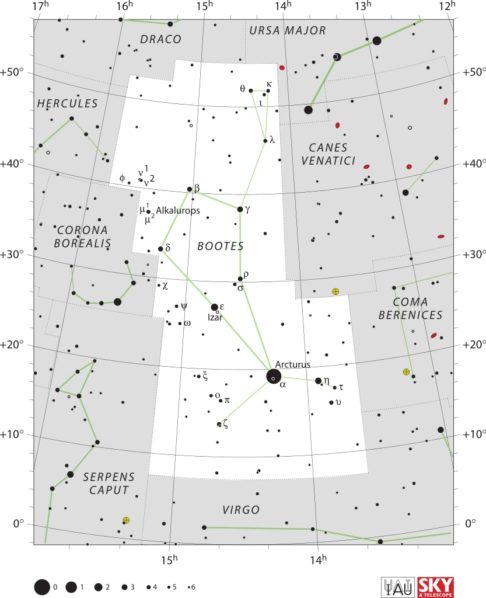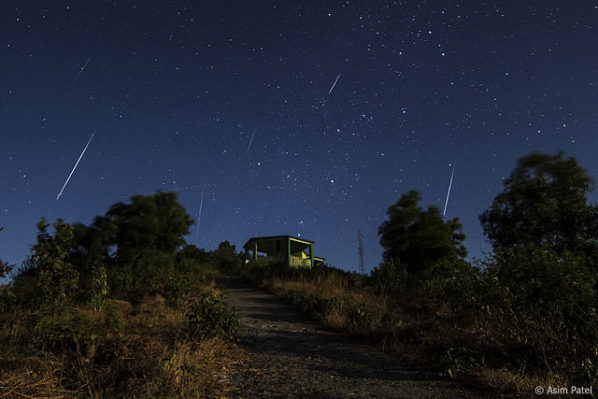Astronomy
Embark on an astronomical journey. Explore the cosmos, study celestial objects, and unravel the mysteries of the universe through astronomy's fascinating realm.
Monthly Stargazing Calendar for September 2022
After a long hiatus, we at CosmoBC decided to bring back the monthly stargazing calendar. We hope to help you keep track of the best astronomical events you may wish to observe in the night sky this coming month of September.
The Top 10 Photographs of Celestial Objects
Stunning celestial photos by NASA capture Jupiter's abyss, lunar sunrise, dying star Eta Carinae, cosmic rose Rosette Nebula, and more wonders.
83 Black Holes Found at the Edge of the Universe
Astronomers made a groundbreaking discovery: 83 supermassive black holes at the universe's edge, reshaping our understanding of black hole formation and the cosmos' early days.
TESS Space Telescope Discovers First Exoplanet
The TESS space telescope was launched on April 18, 2018, sitting atop a Space X Falcon 9 rocket. This telescope, which is short for the Transiting Exoplanet Survey Satellite, is designed to scan the night sky in search of one thing — exoplanets, or potentially habitable planets outside of our solar system.
The ESA Just Released the Most Comprehensive Image of the Milky Way
ESA's Gaia spacecraft reveals the largest image of the Milky Way with 1.7 billion stars, aiding astronomers in studying galaxy formation and evolution.
Intermediate Black Hole Could Explain Black Hole Evolution
Black holes are one of the most terrifying things in the universe. It shows the real power of gravity, which is usually a relatively weak force when it grows large enough. Eventually, it becomes sufficient to control entire galaxies. But we don’t know as much about black holes as we might like. We understand them mostly from a mathematical perspective, although we have been able to observe their behavior by watching the things around them. Black holes are a well-known and now proven phenomenon, but intermediate black holes are a whole different ball game, mostly because they’re still hypothetical. They start out as stellar black holes. These are the smallest…
Space Technology Will Protect the Vatican’s Treasures
New space technology isn't just for traveling into the cosmos — these innovations have applications on earth, as well. Medicine, transportation, public safety, computers and agriculture are some of the industries that have made progress by applying space technology. Also on that list: The Catholic Church. The Vatican has partnered with the European Space Agency (ESA) to preserve religious and cultural manuscripts, documents and books.
Monthly Stargazing Calendar for June 2016
On June 3 Saturn will be at opposition, which means it will be at its closest approach to Earth and its face will be fully illuminated by the Sun. This is the best time to view and photograph Saturn and its moons because it will be brighter than any other time of the year and will be visible all night long.
Monthly Stargazing Calendar for May 2016
Early this month on the night of May 5 and 6 the Eta Aquarids meteor shower will peak. It is an above average shower, capable of producing up to 60 meteors per hour at its peak, however most of the activity will be seen in the Southern Hemisphere. In the Northern Hemisphere, the rate can reach only about 30 meteors per hour.
Monthly Stargazing Calendar for April 2016
On the night of April 22 and 23 the Lyrids meteor shower will peak. It is an average shower, usually producing about 20 meteors per hour at its peak, although some meteors may be seen any time from April 16 to 25. It originates from dust particles left behind by comet C/1861 G1 Thatcher, which was discovered in 1861.
Monthly Stargazing Calendar for March 2016
March 2016 brings exciting astronomical events: Jupiter at opposition, total solar eclipse, March equinox, and penumbral lunar eclipse. Explore more!
Monthly Stargazing Calendar for February 2016
On February 7 Mercury will be at greatest western elongation of 25.6 degrees from the Sun. This makes it the best time to view Mercury since it will be at its highest point above the horizon in the morning sky. Look for the planet low in the eastern sky just before sunrise.
Monthly Stargazing Calendar for January 2016
On the night of January 3 and 4 the Quadrantids meteor shower will peak. It is an above average shower, with up to 40 meteors per hour at peak, although some meteors can be visible between January 1 and 5. The meteors originate from dust grains left behind by an extinct comet known as 2003 EH1, which was discovered in 2003.
Monthly Stargazing Calendar for December 2015
On the night of December 13 and 14 the Geminids meteor shower will peak. It is considered by many to be the best shower in the heavens, producing up to 120 multicolored meteors per hour at its peak. This is why it is known as the king of meteor showers. Some meteors can also be seen anytime from December 7 to 17.

